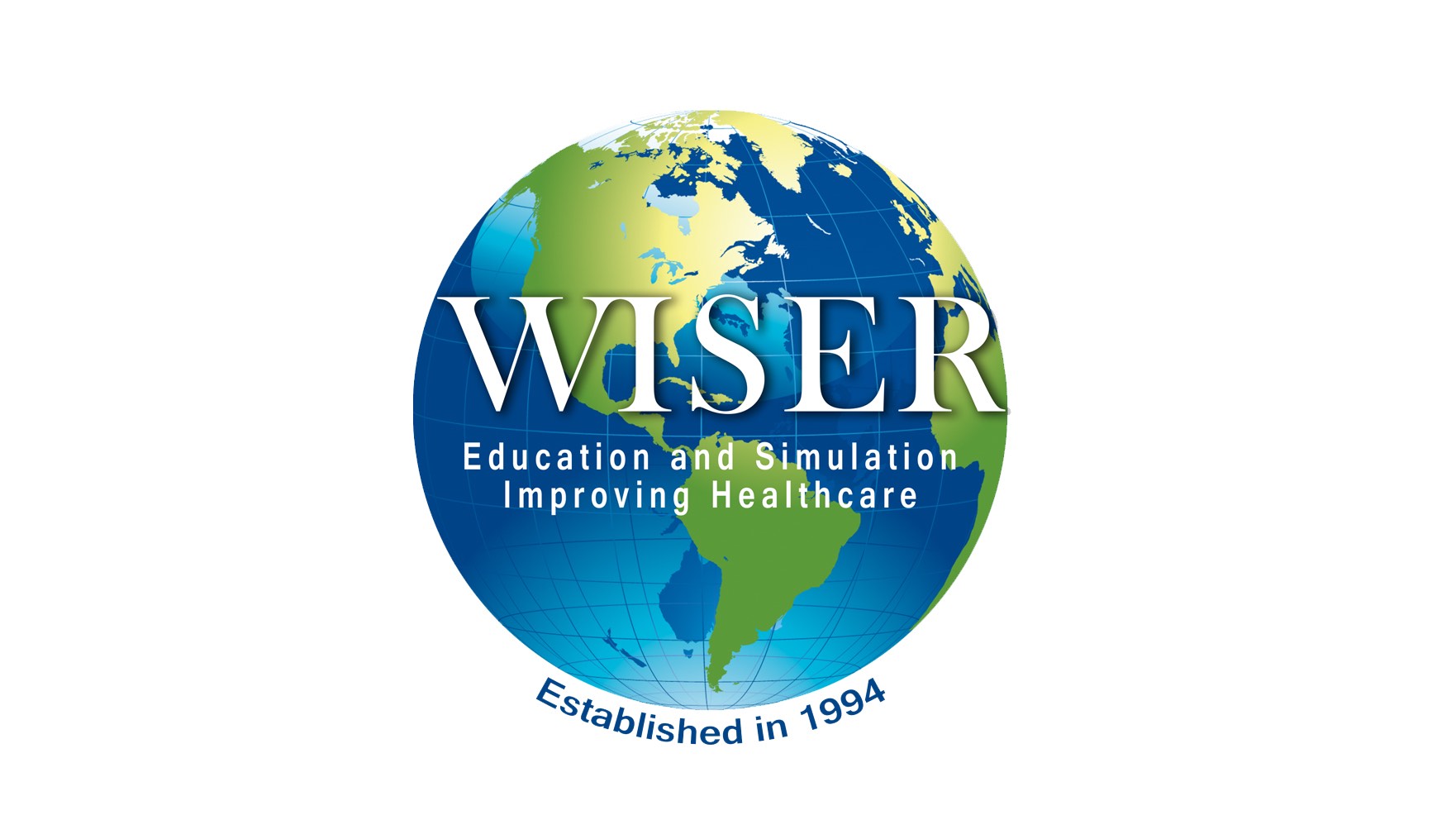This website uses cookies so that we can provide you with the best user experience possible. Cookie information is stored in your browser and performs functions such as recognising you when you return to our website and helping our team to understand which sections of the website you find most interesting and useful.
Medicine
Medical simulation training, conferences, best practices, simulator technologies, research updates, jobs and more.
View all categories in the Healthcare Simulation Index
-

Manikin Moulage Cleaning Tips
Moulage is a unique technique within the field of Healthcare Simulation that pairs artistry with medical accuracy so that healthcare…
-

Virtual Resus Room (VRR) An Incredible Free Open Access Virtual Simulation Resource
The Virtual Resus Room (VRR) is a free, open access healthcare simulation modality to run clinical simulation online. This is…
-

The Pizza Analogy of Medical Simulation
Picture the perfect pizza. You know, the kind that is so good the memory stays with you long after the…
-

How Wearable Simulators Can Improve Clinical Simulation Realism
One of the goals of clinical simulation is to replicate the human patient, environment, and situation for healthcare participants to…
-

NZASH 2024: New Zealand’s November Clinical Simulation Conference Opens Registration
The New Zealand Association for Simulation in Healthcare (NZASH) Conference 2024 is scheduled for Wednesday 13 until Friday 15 November…
-

Improving Simulation Instructional Methods (iSIM) Course is Back at UPMC WISER
When stepping into healthcare simulation, new instructors often find themselves overwhelmed, undereducated, and inexperienced in creating and running effective simulation-based…
-

Latest Patient Safety Fellowship Opportunities
According to the World Health Organization (WHO) Global State of Patient Safety 2023 report, Patient Safety “is the absence of…
-

14 More Must-Know Healthcare Simulation Key Terms
Key terms in Healthcare Simulation are a core requirement to understanding the unique field. Here then are 14 more new…
-

Take Mass Casualty Exercises to the Next Level with Ultra-Realistic Trauma Simulators
Mass casualty incidents, though rare, pose significant challenges to emergency response systems. Preparedness for such events is paramount, with simulation-based…
-

Harvard’s Mt. Everest Virtual Simulation Workshop Provides Unique Team Training Skills
Hosted on the Harvard Business Publishing Education website, the award winning hiking simulation “Leadership and Team Simulation: Everest V3” by…
-

UPMC WISER: Winter Institute for Simulation Education and Research
The Winter Institute for Simulation Education and Research (also known as WISER) is a world class multidisciplinary healthcare simulation training…
-

Reducing Medical Simulation Scenario Complexity with SKILLQUBE
SKILLQUBE stands out as a groundbreaking innovative solution that brings clinical simulation training to new heights. Innovation is the cornerstone…



